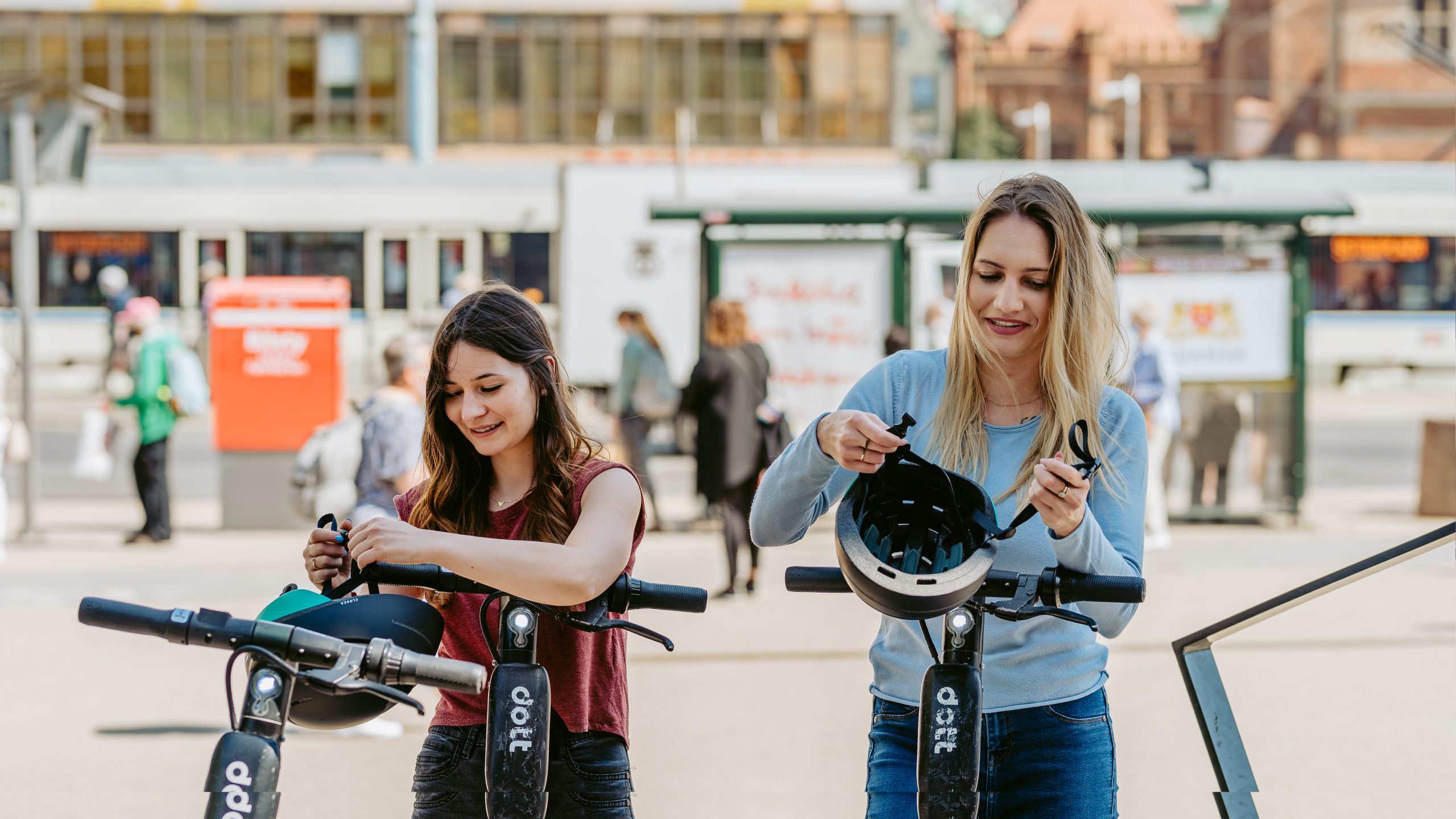We doen mee met ’s werelds grootste duurzaamheidsinitiatief
Al vanaf dag één ligt onze focus op duurzaamheid, en nu maken we deel uit van het Global Compact-initiatief van de Verenigde Naties. Het is onze ambitie om als onderneming bij te dragen aan het goede in de wereld. Daarom hebben we er altijd naar gestreefd om voor positieve verandering te zorgen. Al vanaf het […]

